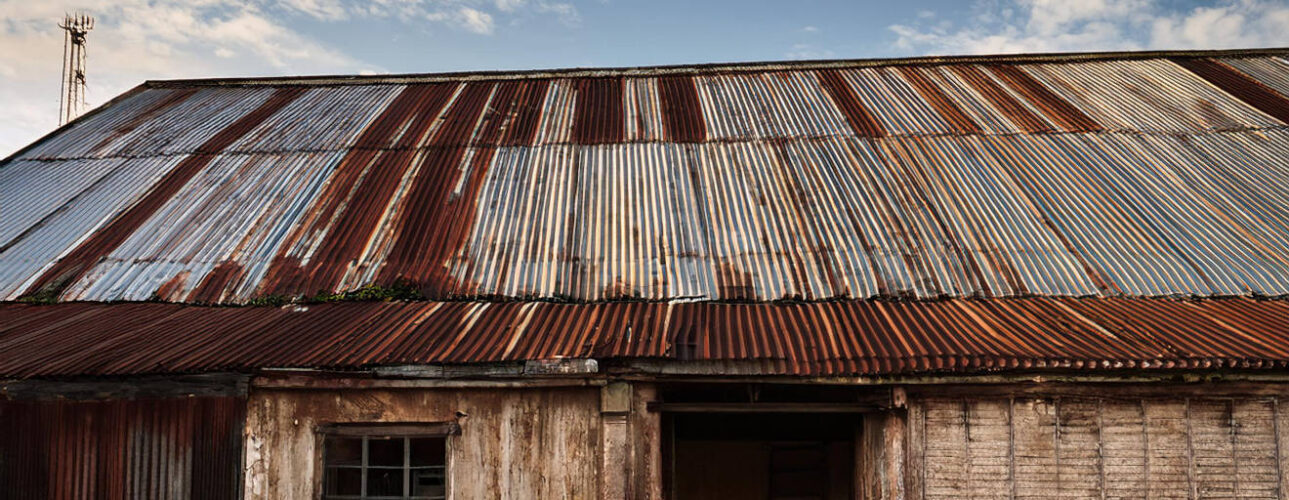While it’s currently Asbestos Awareness Week in Australia, another Commonwealth country is currently celebrating an important asbestos anniversary: 25 years since the last remaining form of asbestos was banned in the UK.
The Asbestos (Prohibition) (Amendment) Regulations 1999 banned chrysotile (white) asbestos from being imported or used in any products or processes, completely banning all uses of asbestos. Further laws followed, including the Control of Asbestos at Work Regulations 2002, aimed at tracking and maintaining asbestos in the workplace.
Asbestos use had been on the wane for some time, with brown asbestos undergoing a voluntary ban as early as 1980, and blue and brown asbestos being formally banned in 1985. But the use of white asbestos in particular was so widespread that perceptions around it were difficult to shift.
As well as being used in various car parts due to its heat resistance, white asbestos was also widely used in construction. Items which commonly contained white asbestos included Artex, floor and roof tiles, airing cupboards, fuse boxes, cavity wall and loft insulation, and cement walls or foundations.
The ban came after decades of pressure, with similar bans/near bans during the 1980s in a number of European nations, including Sweden, Norway and Iceland. The UK clung on in large part due to how much asbestos it used: 6 million tonnes, with a peak of 187,000 tonnes in 1964 alone.
The ban represents an important milestone in the battle against asbestos, but also an important reminder. The reality is that the entire 6 million tonnes of asbestos hasn’t gone anywhere. While a significant quantity has been disposed of, all of it remains somewhere in the UK, and much of it is still inside buildings across the country.
As such materials age, the risk of damage and degradation increases, resulting in the asbestos fibres being released into the air. Despite this, the official guidance on asbestos-containing materials is to preserve them in place, so long as it is considered safe to do so.
This has arguably led to complacency on the issue of asbestos, even as it continues to kill dozens of people each year. The long latency of asbestos-related illnesses means that the evidence of asbestos exposure may not present itself for as much as 60 years.
There is also no obligation to inform homeowners of the presence of asbestos in their homes, which can lead people to undertake DIY projects where they may unwittingly disturb asbestos, or contractors not undertaking proper asbestos controls to disturb it during their work. It is therefore advised that homeowners commission their own asbestos surveys/tests to ensure necessary precautions are taken, should asbestos containing materials (ACMS) be found.
All of this highlights the extent to which asbestos remains a prevalent and important issue, even a quarter of a century after it was banned. A parliamentary enquiry last year found that more needed to be done on asbestos, including setting a 40-year deadline for complete removal from all buildings, but this has not been followed up by either government so far.
With a new party in power, now should be the time to emphasise the need for action on asbestos. 25 years on, it shouldn’t be acceptable that so much asbestos remains in public and private buildings, including a substantial amount in schools and hospitals. The push for net zero and renovation of buildings may be the impetus that we need to end asbestos-related diseases forever.
Interested in learning how to identify and deal with asbestos? Our UKATA Asbestos Awareness course is currently 10% off with code ASB10.

